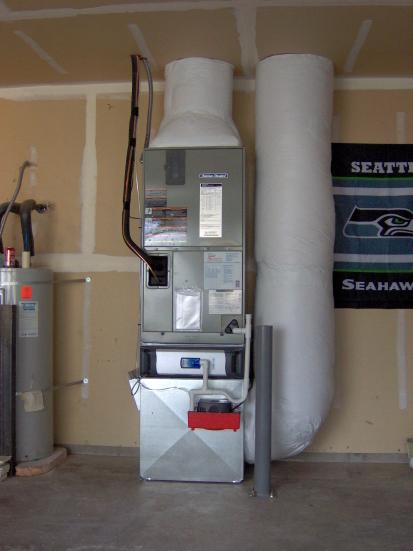The Ultimate Overview to Furnace Installment for a Cozy Home
Heater installment is a crucial aspect of maintaining a comfy home setting, particularly throughout the cooler months. As you consider these variables, the inquiry stays: what actions can you take to guarantee your heater offers you well for years to come?
Sorts Of Heating Systems

Gas furnaces are the most typical option due to their performance and lower operational expenses. They use gas or propane, providing fast heating and regular performance, making them perfect for colder environments.
Electric heating systems, while normally easier to set up and preserve, often tend to have higher operational prices. They are commonly favored in areas where gas solution is inaccessible or for homes with existing electrical framework.
Oil heaters, though less typical today, continue to be a practical alternative in certain regions. They melt home heating oil, which can be beneficial throughout chillier months, yet their reliance on oil distribution postures possible challenges.
Furthermore, there are high-efficiency designs offered throughout these types, which can significantly decrease power intake and utility bills - furnace installation. Eventually, recognizing these furnace types will certainly assist house owners choose a system that lines up with their home heating needs, spending plan, and power choices
Picking the Right Size
Choosing the proper dimension for a heater is important to making certain optimal performance and energy efficiency. A small heater will have a hard time to keep comfy temperature levels during the chilly months, causing boosted deterioration, greater energy expenses, and potential system failure. On the other hand, an extra-large furnace may cycle on and off too frequently, causing inefficient home heating and unequal temperature level circulation within the home.
To determine the correct heater size, a computation referred to as the Guidebook J load estimation must be executed. This procedure reviews different variables, including the square video of the home, insulation levels, window sizes, and local climate conditions. This thorough evaluation makes certain that the furnace satisfies the certain home heating needs of the area.

Setup Process Overview
In terms of products, you will require ductwork, insulation, and securing tape to make certain optimum air movement and energy effectiveness - furnace installation. It is likewise essential to have a brand-new heater filter available, together with venting products, such as PVC pipe or metal flue, depending upon the kind of furnace being mounted
Security equipment, consisting of gloves, safety glasses, and a face mask, is likewise important to secure against dirt and particles during setup. Having all these tools and products readily offered not just simplifies the procedure but also boosts the security and performance of the heating system installation.
Upkeep Tips for Durability
To guarantee the long life of your heater, it is vital to apply a routine upkeep schedule that resolves key parts of the system. Beginning by replacing or cleansing the air filter every one to three months, as a clogged filter can restrict air flow and lower effectiveness. In addition, examine and clean the blower setting up to stop dirt buildup that can impede efficiency.
Next, examine the thermostat setups and rectify if necessary to ensure accurate temperature policy. Check the ductwork for leakages or clogs, as this can lead to energy loss and uneven home get more heating. Consistently oil the electric motor and bearings according to the maker's suggestions to minimize wear and tear.
Expert examinations need to happen yearly, where a certified technician can assess the heater's overall problem, check for gas leakages, and guarantee that security functions are working appropriately. Consider mounting a programmable thermostat to optimize energy usage and keep consistent home temperature levels. By embracing these upkeep techniques, you can enhance your furnace's performance, prolong its lifespan, and eventually enjoy a relaxing and comfortable home environment.
Conclusion
